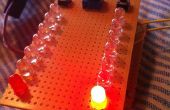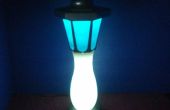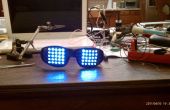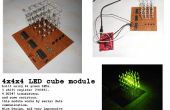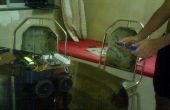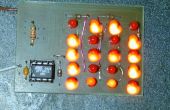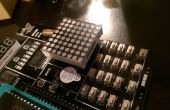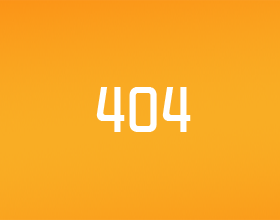Paso 5: El código

/* LED Pulsate with PWM */ #include <avr/io.h> #include <avr/interrupt.h> #include <util/delay.h> #include <avr/sleep.h> int main() { // Turn on LED output pin DDRB |= _BV(DDB0); // Clear OC0A on match TCCR0A |= _BV(COM0A1); // Set timer to count with F_CPU / 64 TCCR0B |= _BV(CS10); // F_CPU TCCR0B |= _BV(CS01) | _BV(CS00); // /64 prescale // Use Fast PWM, OCRA TOP TCCR0A |= _BV(WGM00); TCCR0A |= _BV(WGM01); //TCCR0B |= _BV(WGM02); // Initial value for our pulse width is 0 OCR0A = 0x00; uint8_t dir = 1; // Direction uint16_t div = 500; // # of clocks per inc/decrement uint16_t stall = 0; // Initial stall counter uint16_t stall_time = 500; // # of clocks to stall at top/bottom for(;;) { // We only want to update every div counts if(TCNT0 % div != 0) continue; // Stall at the top and bottom, and change direction if(OCR0A == 255 || OCR0A == 0) { // Switch directon at top if(OCR0A == 255) dir = -1; else { // Disable LED at bottom // And switch direction DDRB &= ~(_BV(DDB0)); dir = 1; } while(stall < stall_time) { ++stall; _delay_ms(10); } // Turn output back on if necessary if(OCR0A == 0) DDRB |= _BV(DDB0); stall = 0; } // General case - increment direction either way OCR0A += dir; } return 0; } Que este código es uno mismo-documentación. Básicamente, estamos cambiando la anchura de pulso cada pocos cientos relojes en una dirección u otra. Tiene un caso especial para cuando llegamos a la parte superior o inferior (cambiar de dirección y detenerse), al igual que la manzana hace cosas. Hay otro caso especial cuando queremos apagar completamente el LED en la parte inferior - si no hacemos esto, todavía tiene (1/256) % ciclo de trabajo y usted puede verlo. De lo contrario, el código debe ser algo conciso. Alentar la crítica constructiva.
